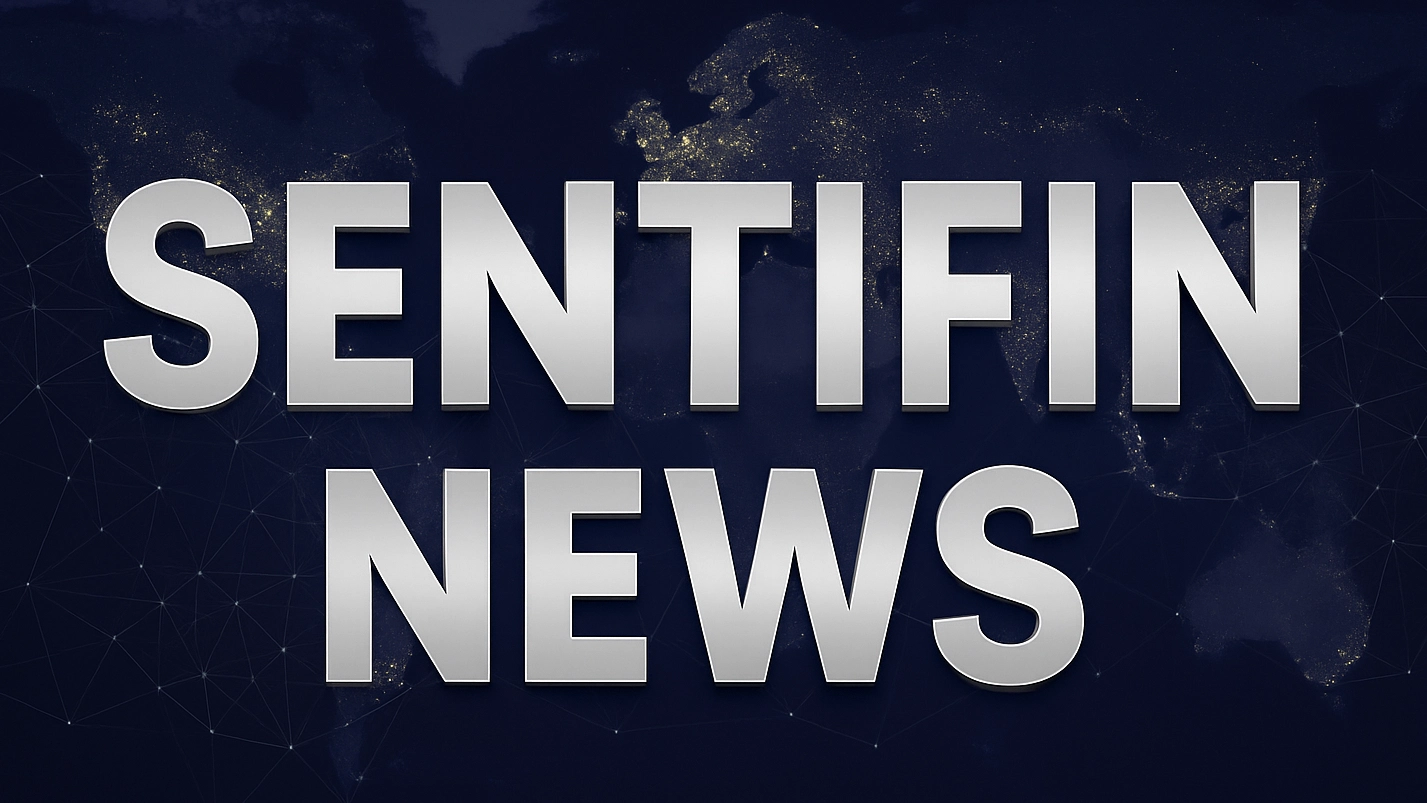America's Layoff Crisis Deepens As AI Quietly Replaces Workers

News Summary
The U.S. labor market is flashing red, with private-sector reports indicating soaring layoffs and collapsing hiring, primarily due to artificial intelligence quietly replacing workers. Official government data remains paused amid a shutdown, making these private reports critical. In October 2025 alone, U.S.-based employers announced 153,074 job cuts, a 175% increase from the same month last year and the highest October total since 2003. Year-to-date, U.S. employers have announced 1,099,500 job cuts, a 65% increase from the same period in 2024, already surpassing last year's total by 44%. This puts 2025 on track for the worst year of layoffs since the pandemic in 2020. Cost-cutting and AI-driven restructuring were cited as the top reasons, accounting for over 81,000 job cuts last month. The technology sector led October's cuts, while the warehousing sector saw a staggering 378% year-over-year increase, driven by pandemic-era overcapacity and AI-powered automation. Hiring plans have also dried up, with new hires in 2025 down 35% from 2024, marking the lowest total since 2011. The deteriorating labor market puts increasing pressure on the Federal Reserve, with futures markets pricing in a 70% chance of a December rate cut.
Background
In 2025, the U.S. economy faces multiple challenges, with the labor market showing significant signs of weakness. A government shutdown has halted official economic data releases, increasing market uncertainty. In this context, private-sector reports have become crucial for assessing economic conditions. The rapid development and widespread adoption of artificial intelligence technology are profoundly transforming operational models across various industries, particularly in automation and efficiency improvements. This prompts companies to undertake restructuring and cost-cutting measures, directly impacting the labor market. Historical data indicates that during periods of economic transition or technological disruption, the labor market often experiences structural changes and waves of layoffs, similar to the adjustments seen after the dot-com bubble burst in 2003.
In-Depth AI Insights
Does the AI-driven wave of layoffs signal a deeper structural unemployment problem rather than a cyclical downturn? - Yes, the article highlights AI-driven restructuring as a key factor in layoffs, suggesting that companies are permanently altering their operating models and labor demands rather than merely responding to short-term economic fluctuations. - Traditionally, layoffs are tied to economic cycles, but the introduction of AI means that even with economic recovery, many AI-replaced jobs are unlikely to return, leading to prolonged structural unemployment. - This trend could force policymakers to rethink labor training, education, and welfare systems to adapt to a new employment landscape dominated by AI. Is Wall Street's 'cheering' of layoffs short-sighted, failing to fully assess the long-term macroeconomic risks? - Wall Street currently views layoffs as a path to higher margins and increased productivity through AI, which may boost corporate valuations in the short term. - However, if widespread job cuts persist, consumer purchasing power will significantly decline, ultimately leading to a demand slump that could offset short-term cost savings and productivity gains. - This perspective overlooks the cyclical nature of the economy: corporate profits ultimately depend on stable consumer demand, and consumers are the very workers being laid off. The market may be underestimating the macroeconomic shock from this 'AI paradox'. Against the backdrop of the re-elected Trump administration, how will mass layoffs and the government shutdown impact the Federal Reserve's monetary policy independence and the administration's policy focus for the remainder of 2025? - Given the Trump administration's 'America First' and domestic job protection policy leanings, mass unemployment and a government shutdown could increase political pressure on the Fed to cut rates, possibly even demanding more aggressive easing measures. - Under such pressure, the Fed, to avert recession and maintain labor market stability, might lean more towards rate cuts even if inflationary pressures haven't fully subsided. - The government shutdown and the 'DOGE Impact' on the non-profit sector reflect fiscal strain and political gridlock, which could force the Trump administration to prioritize resolving the fiscal impasse for the remainder of 2025 to avoid further economic downside risks, potentially impacting its policy agenda in other areas.